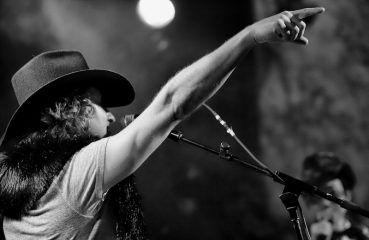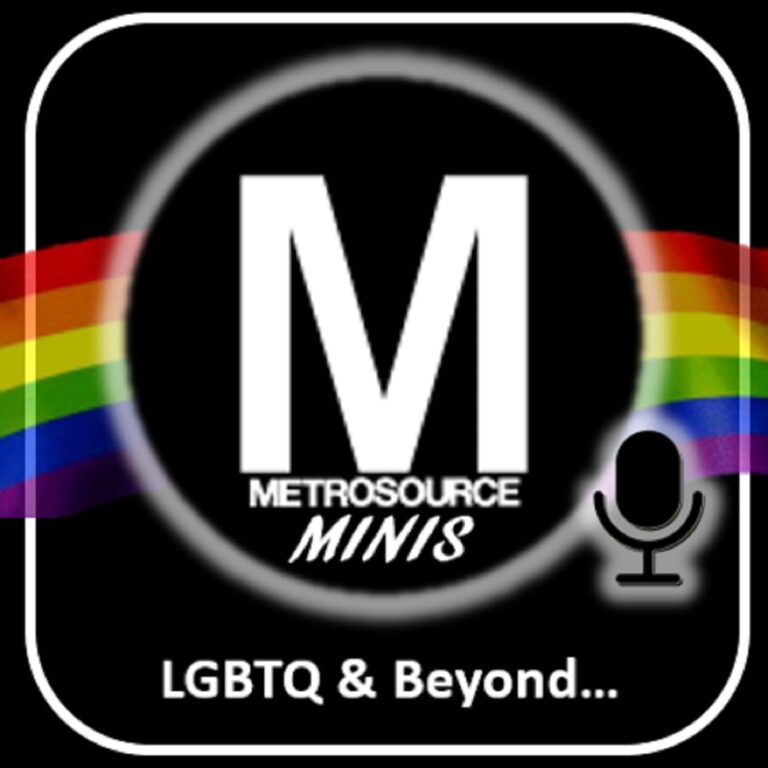From the Cohens to the Wachowskis, Hollywood loves a pair of creative siblings, but what do the Duplass Brothers offer in their recent memoir that goes beyond what they share on screen?
If you tend to focus more on who’s in front of the camera than behind, you might primarily recognize the Duplass Brothers from their roles as midwife-rivals to Mindy Kaling on The Mindy Project or you might also know them independently — Mark as “Pete” from The League and or Jay as “Josh” on Transparent. But to those who follow the careers of hot young producers and directors or thrill to Hollywood’s horseraces like studios bidding for films at Sundance, the Duplass Brothers are cinema wunderkinds, who worked their way up the ladder by making unique, inexpensive, attention-grabbing films that kept opening doors to bigger projects.
Now, the Brothers Duplass are letting us behind-the-scenes of their unique bond (both as brothers and creative partners) in their candid, thoughtful and often-tender memoir Like Brothers. Mark and Jay take us all the way back to childhood – from their first cinematic experiments with home video cameras to their youthful bonding over questions like whether Santa Claus exists. The life lessons come faster as they move from their school years into their starving artist phase — they take daring risks, make a disastrous attempt at a first feature film, and even acquire some financial know-how of which aspiring cineastes would be wise to note. We get a series of exciting moments as the boys vie for glory at the Sundance Film Festival, experience entertainment industry inside baseball as they develop relationships with various studios, and get an admirable lesson in if-it-ain’t-broke-don’t-fix-it as they realize that the changes they are asked to make in order to work within the confines of the studio system may run contrary to everything that made them successful filmmakers in the first place.
This story of the Duplass Brothers rise to prominence is not merely presented as a linear narrative; its course is interrupted both by flashbacks to related memories and by a series of ingenious storytelling devices. The boys recreate several of the kinds of conversations they often have in airports — picking out interesting characters in the crowd and developing backstories for them. The easy back-and-forth of these exchanges also comes in handy when they recreate pivotal conversations from turning points in their career or read back email exchanges. They also incorporate a film pitch that one of them attempted to write as a short story, then the other offers “constructive criticism,” and then they take turns taking umbrage at one another’s positions. There’s also a recurring bit in which they try to come up with their combined list of the Duplass Brothers top ten films, which — like so much of the book — becomes a primer in the art of compromise.
The LGBTQ Angle
There’s not a great deal that’s specifically related to the LGBTQ community in this memoir. Though they have produced several film prominent projects about LGBTQ people (among them Tangerine, Skeleton Twins, and Duck Butter), there is not a great deal of either worrying about the consequences of taking oning such projects. Even the fact that Jay is part of the cast of cultural-game-changer Transparent primarily factors into a conversation about how their brotherly dynamic changes as Jay becoming more on-camera recognizable than Mark.
Both Mark Jay are married to women, so there’s not much that’s particularly LGBTQ there, either. Though they do a smart job of deploying their wives strategically — each sharing her initial reactions to the other brother. Also, their occasional discussions of parenting are not of the “You only know true love when you become a father!” type that so often plagues heterosexual memoirs.
That said, what I think is utterly fascinating about the book from an LGBTQ perspective is that I have rarely read about a love between two men (or two artists, for that matter) that is more unabashed, more genuine, and more unconditional despite its inherent complexities. So often, in memoirs that address close relationships between men (familial or otherwise), there is a strenuous distancing of male memoirists from what they feel for their beloved friends and family — every “I love you!” followed by some variation on: “No homo!”
This is utterly untrue of Mark and Jay, who seem acutely aware of how deeply they depend on one another, who seem to regularly take stock of who is playing the “big” brother in any given situation, and who admit how much they love each other with almost-unnerving frequency. This leads to a surprisingly heartbreaking ending as the boys begin to reevaluate their working relationship in the wake of the cancellation of their too-short-lived HBO series Togetherness. By that point, they have been so open with us about how they relate as brothers and collaborators, how they resolve differences and continually find new ways to improve their process, that the idea of them being anything other than a team seems unimaginable. Nevertheless, we are lucky to have this book to allow us to share in what they’ve learned over their decades of collaboration and to allow — if ever so briefly — to feel like part of the family.

Audiobook Art Courtesy Random House Audio
Last modified: July 31, 2018














